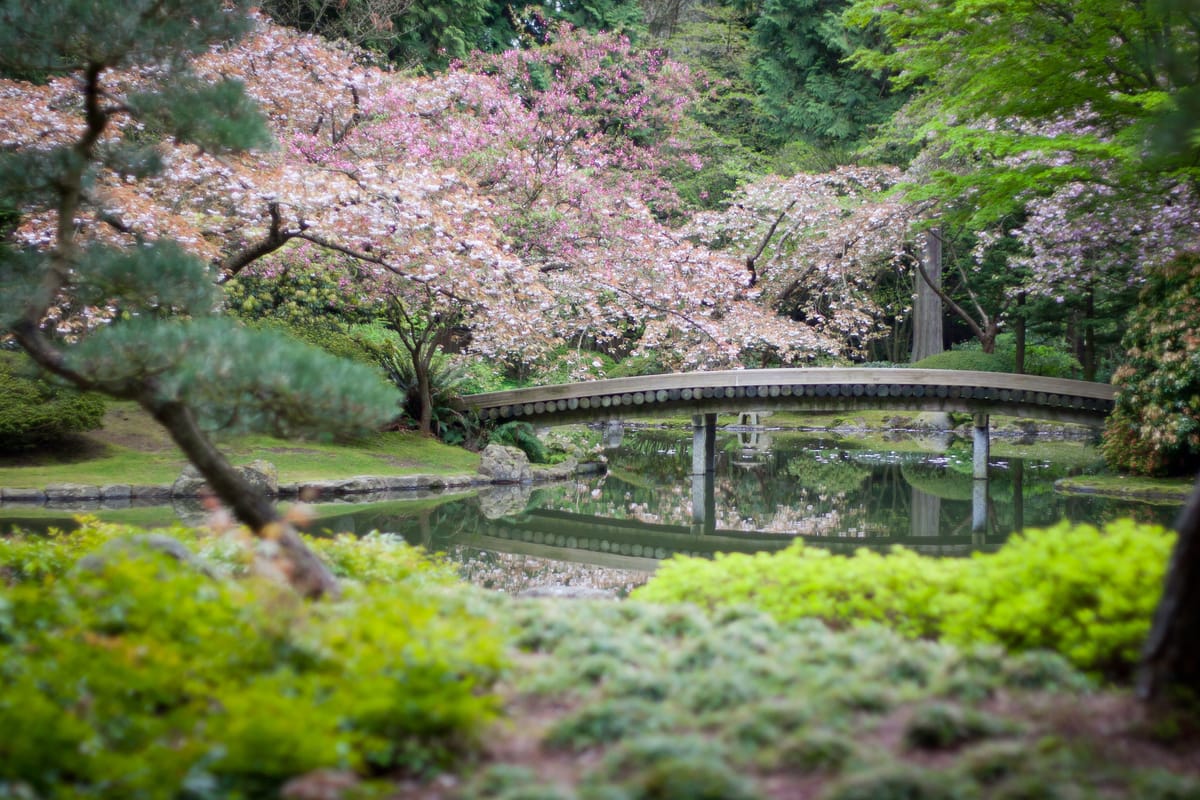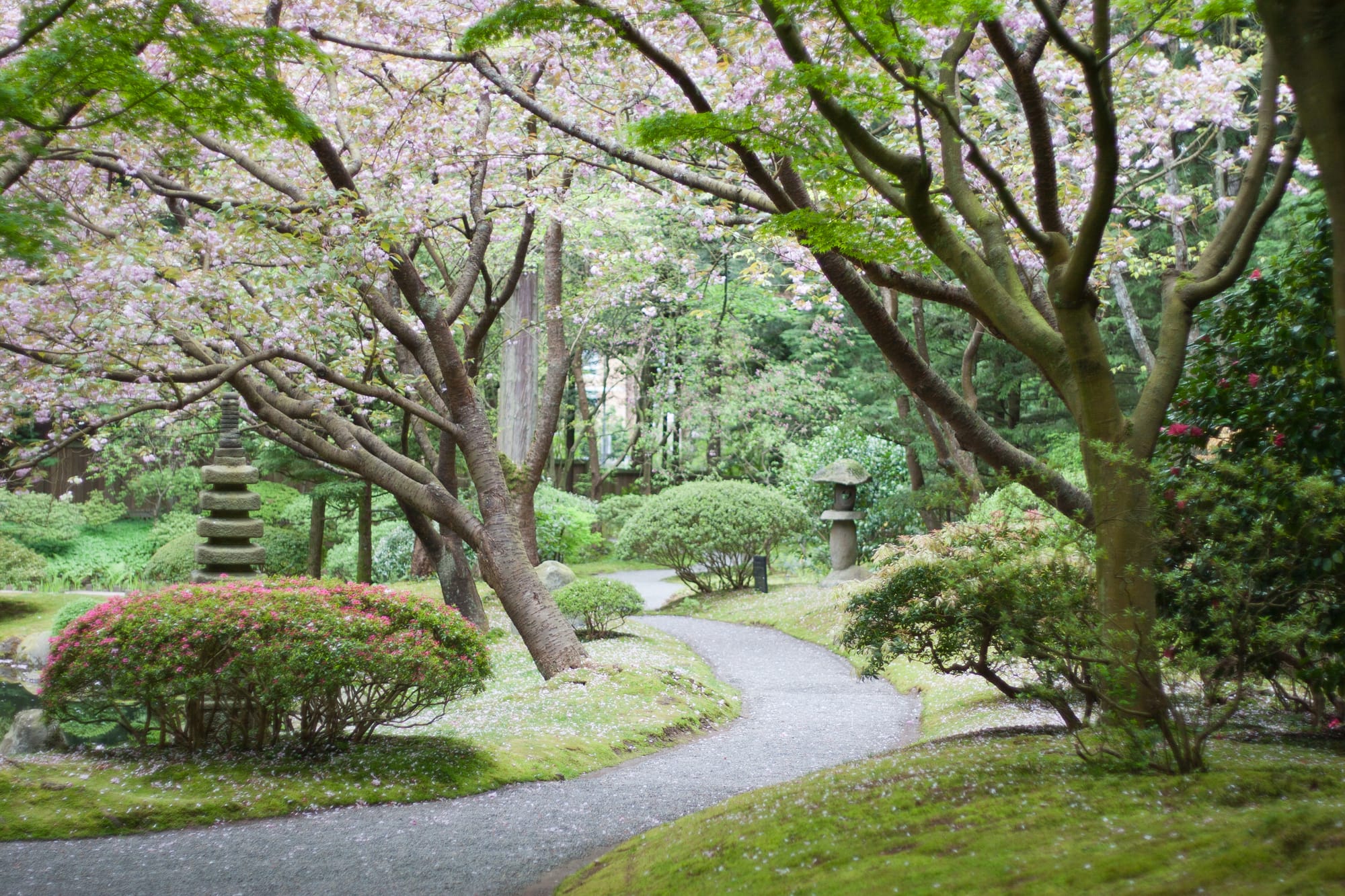Maackia 024: Understanding ma

I’m Nathan Langley and this is Maackia, a monthly newsletter on “the silence between the notes which make the music”!
Let’s get the boring part out of the way first: I can’t seem to find a direct translation for ‘ma’ (a Japanese term and concept). Negative space seems to be a recurring description, but the more I read about it (which has been very difficult to source), the more that seems to be a superficial definition. After all, is the silence between musical notes just negative space? I don’t think so.
In terms of garden design, connections are even more illusive. Sources often point to zen gardens as an example of ma, but don’t really go into much more detail. I understand that dry gravel gardens are steeped in ma, or pond gardens for that matter, but once again the perception of those kinds of gardens as being empty seems wrong. Curse my western brain!
Why does this matter? It originally came about when I was designing a large driveway project for a client in Guelph this past winter. The total garden area for that project was over two square kilometres. How do you go about designing something of that scale without it becoming repetitious and boring?

I landed on alternating between large blocks of mostly flowering perennials and large blocks of mostly grasses (the green part). I originally considered it to be a form of contrast instead of creating negative space. Too much of a good thing over a long enough area and you can become numb to it all. So instead, I envisioned the contrast between the two types of blocks as a way to enhance the vibrancy of the flowering perennials used. But is that a form of ma?
Do the grass blocks create space (or even the feeling of space) between the overstimulating flowering perennial blocks on either side? Time will tell, and I will give you my honest assessment when the driveway project gets built over the next few years.
At home, I have been working my way through the early design stages of my backyard project. I was confronted again with the thought of ma. This time it had to do with the size of pathways, sight lines, and pauses.
I’ll be honest, I would love nothing more than to cram every inch of my backyard full of plants. But I know in my gut that a garden like that would not be very engaging or interesting to me long term. So instead, I have been thinking about how “empty” spaces lead the eye and create physical pauses that can open the door to surprise.

This brings me back to Nitobe. The above picture illustrates what I am trying to achieve within my backyard project. The pathway isn’t straight, and you can’t see everything at once. In fact, there are some strategically placed shrubs, a lantern, and a rock that block your view. You can tell that the pathway continues past (a hint!) but there are elements in the garden that cause you to pause as you make your way through.
This is all achieved while also creating an appealing view of the garden as you walk. The pathways are wide enough (but not too wide) to give space in between the trees and shrubs, which your eye uses to scan the particular perspective for notes of interest. Heck, even the plant palette is subdued in that there are only a few things flowering at one time. This simplicity allows the brain to relax and focus more closely on what is in season (at least, my brain reacts that way).
Is that ma?
At this point, I’m still not entirely sure what ma is. I think I have a grasp on a few aspects of what it might mean from a garden design perspective, but I’m not certain. I’m finding it difficult at this point because I haven’t started the construction phase for my backyard garden. My gut tells me there is a large feeling component to ma, which means part of it probably can’t be understood or appreciated until you experience it. Luckily, I have my experience from working at Nitobe to act as a sign post for the work ahead.
On the plus side, at least I know ma exists now. In the future, I’ll certainly look at gardens in a new way. How do they use negative space? Are there deliberate pauses? How do those elements work together to affect the surrounding garden elements?
So much to explore!
n